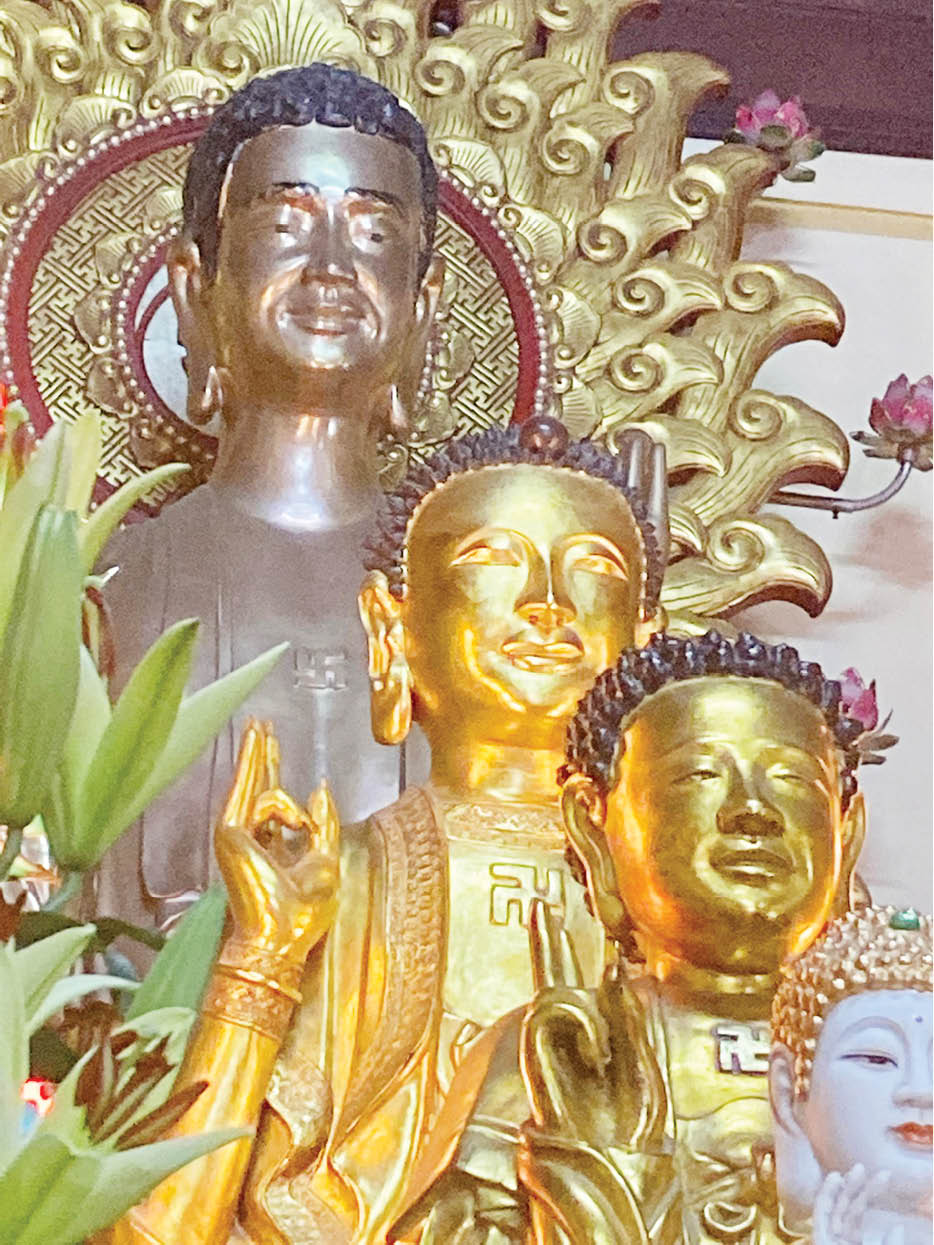 |
| Clay Buddha statue at Van Phuoc pagoda |
At Van Phuoc Pagoda
From ancient times to the present, Buddha statues have been made from many materials such as stone, bronze, clay, wood, jade; among them, clay statues are the most susceptible to damage, especially in areas with annual floods like Hue , so clay Buddha statues are extremely rare. In each Buddha statue, the material also tells a part of the life, social history, and era when the statue was created.
Located deep in a small alley on Dien Bien Phu Street, Van Phuoc Pagoda currently worships a clay statue of Buddha Shakyamuni. The story goes that Van Phuoc Pagoda was originally a shrine to worship the Mother Goddess. When the mother-in-law of the Minister Nguyen Dinh Hoe was seriously ill, her family brought her here to recuperate and invited monks from a nearby pagoda to pray for her well-being. In gratitude, the family of Minister Nguyen Dinh Hoe helped build the shrine into "Pho Phuc Tu", later, Venerable Thich Giac Hanh changed the name to Van Phuoc Pagoda. The clay Buddha statue at Van Phuoc Pagoda was the first statue to be worshiped at the pagoda and remains intact to this day.
Currently, in the middle of the main hall of Van Phuoc Pagoda, there are 11 Buddha statues, made of bronze, wood, porcelain, and clay. Except for the statues made of white porcelain and wood, the remaining Buddha statues have a very similar yellow color on the outside, making it impossible to distinguish whether they are made of bronze or clay. Venerable Thich Ngo Tung, abbot of Van Phuoc Pagoda, said: “The clay Buddha statue of the pagoda is woven with bamboo strips, covered with papyrus, and covered with clay on the outside. The statue has been gilded twice by the pagoda.” Without Venerable Thich Ngo Tung’s clarification, it would be difficult to distinguish between bronze and clay statues without touching them.
The clay statue of Buddha Sakyamuni in Van Phuoc Pagoda is placed in the second position from the inside, in front of the bronze standing Buddha statue and behind a bronze Buddha statue. The Buddha statue sits on a lotus throne, is over 1 meter tall, has a round, plump face, the lines of the eyes, nose, and mouth are very clear, especially the nose has an Asian character, the Buddha's ears are very long, in the middle of his chest is the swastika, his right hand makes the Auspicious Seal, his left hand rests on his leg, palm up.
At Thien Thai Pagoda
The second clay Buddha statue is at Thien Thai Pagoda. Hidden deep in alley 15 Minh Mang Street, “Thien Thai Thien Tu” is a modest and simple pagoda like a small house and is a bit difficult to find because the pagoda has no nameplate. Locals often call it Thien Thai Ngoai (to distinguish it from Thien Thai Noi, which is Thien Ton Pagoda). Master Thich Chanh Phung - abbot of Thien Thai Zen Monastery said: "The founder of this pagoda was a daughter-in-law of Lord Nguyen Phuc Chu, she built the pagoda and practiced here. Then passed it on to monks also in the royal family. After that, the pagoda was destroyed, the Dharma temple also no longer exists. In 1813, the pagoda was rebuilt, the year the bell was cast was clearly written on the bell as "Gia Long 12th year, the year of Quy Dau, the ninth month". This land at that time belonged to "Thuan Do Xu, Trieu Phong Phu, Huong Tra Tong, Duong Xuan Xa, Trung Hoa Ap". The statue of Buddha Sakyamuni worshiped in the pagoda now dates from the year the pagoda was built, the statue is made of bamboo, the outside is covered with earth. Initially, the statue had a rough earth color, it was gilded in 1957. The statue is placed in a large glass cage, his left hand is making a seal, holding a lotus flower, his right hand supports the flower stem, sitting in a dignified and beautiful posture.
Talking about the aesthetics of the Buddha Shakyamuni statue at Thien Thai Pagoda, painter Vo Quang Hoanh, University of Science - Hue University said: The statue has a very happy face, showing prosperity, fullness with a perfect smile. The neck is high, the hands are round with very beautiful fingers, the lotus bud is also very round and beautiful. The lines of the eyes, nose, and chin are very clear, with influences from ancient Cham statues. The statue is very symmetrical in form, the folds of the clothes are soft, highlighting the shape of the body. The statue details are stylized, decorated simply, not elaborately, highlighting the aesthetic and solemn elements. Surely when making this statue, the craftsman always aimed for good, beautiful, and spiritual things!
Material is also a factor that tells a part about social life. In terms of material, the clay used to make statues at that time must have been the best, most diligent, and cleanest type of soil. At that time, pottery and tile making in Hue were also very developed. According to researcher Tran Dinh Son, in Vietnam, bronze Buddha statues appeared before clay Buddha statues. When Buddhism was first introduced to Vietnam, it was only to the royal family, so at that time there were bronze Buddha statues, and then it was spread to the people. When the Nguyen lords first migrated to Thuan Hoa, they were still poor, so the Buddha statues were clay statues of shepherds, so they were also called shepherd pagodas...
Looking at the two clay Buddha statues in two ancient pagodas in Hue, time seems to not exist. Although they are over 200 years old, today's viewers can still hear the sincere hearts of the artisans who made the statues. They did not leave their names behind, but the works they left behind are the whole person, intelligence, and soul that have entered into them. I was fortunate to admire the two clay Buddha statues in the meditative space of two ancient pagodas in Hue, and I could hear the scent of the earth, warmth and compassion, emanating from the statues.
Source: https://huengaynay.vn/van-hoa-nghe-thuat/tuong-phat-bang-dat-o-hai-ngoi-chua-co-153498.html


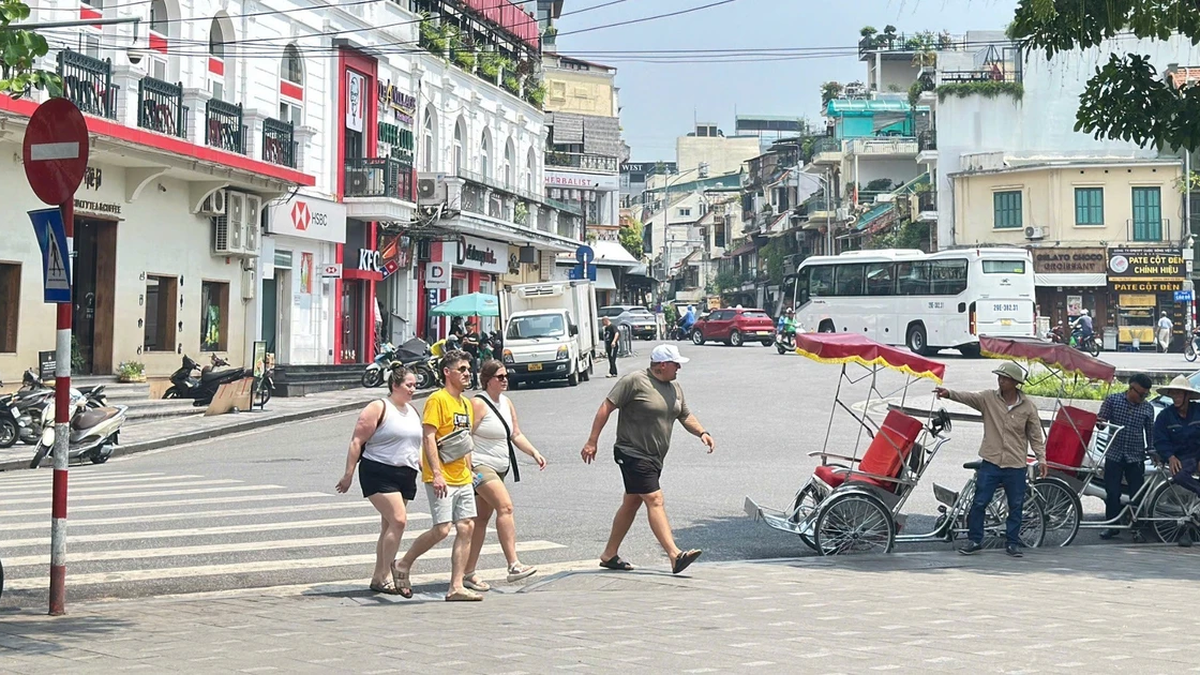

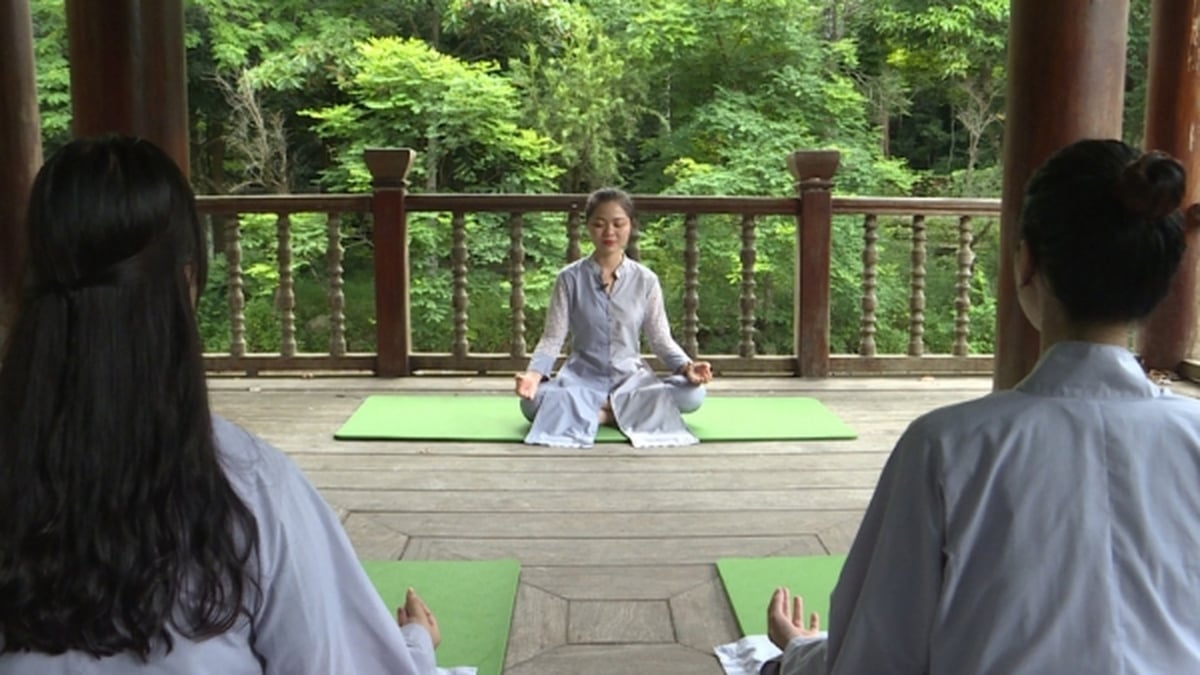
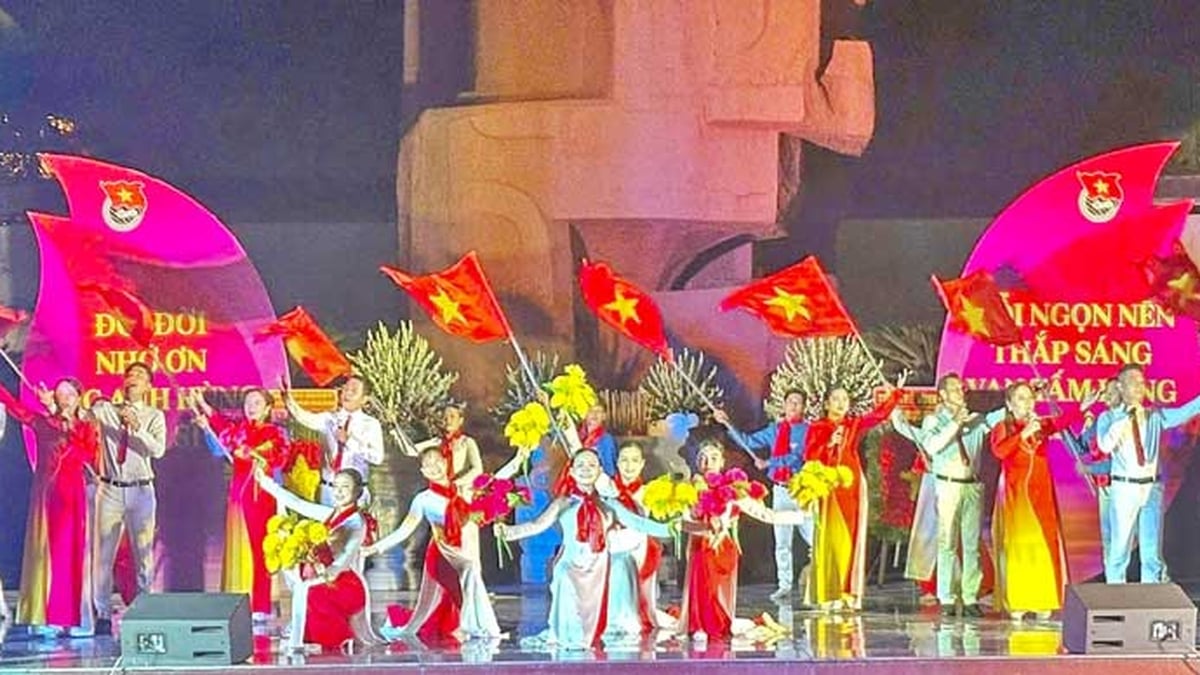
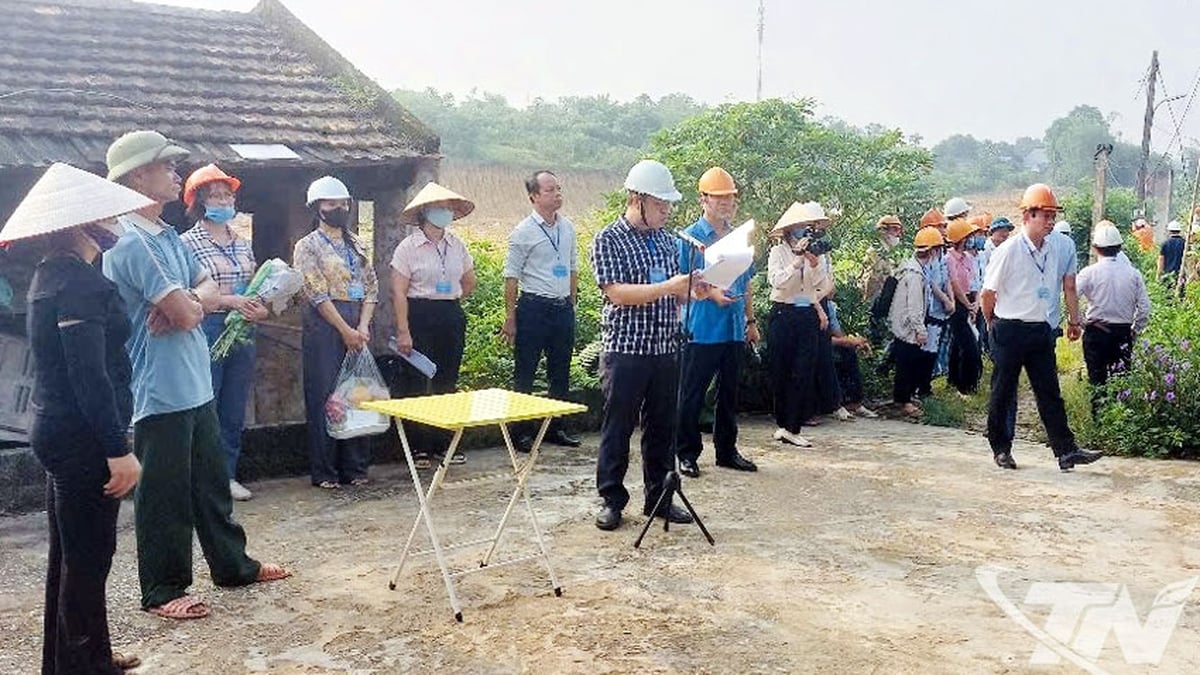
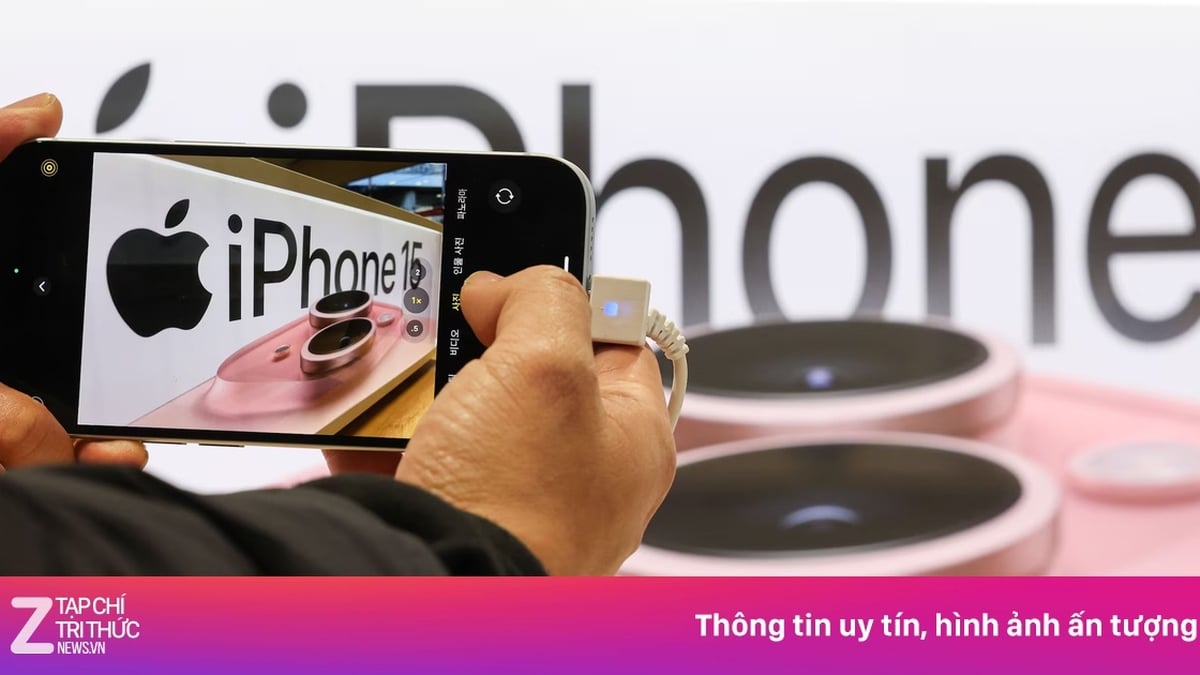
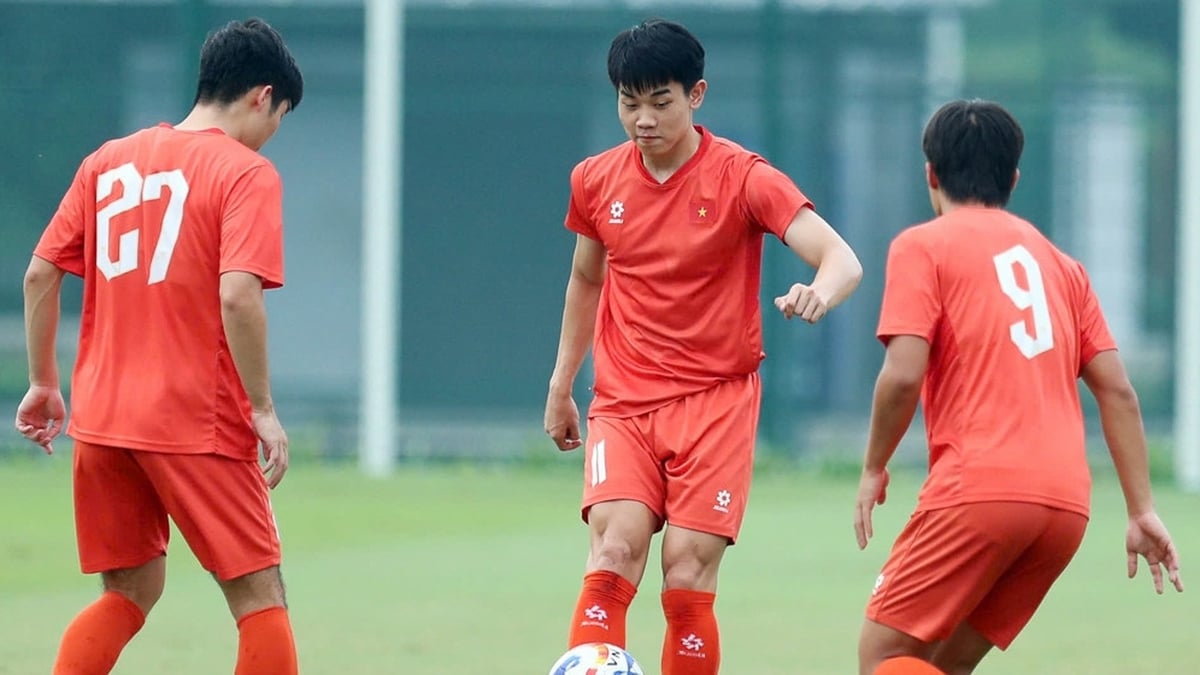
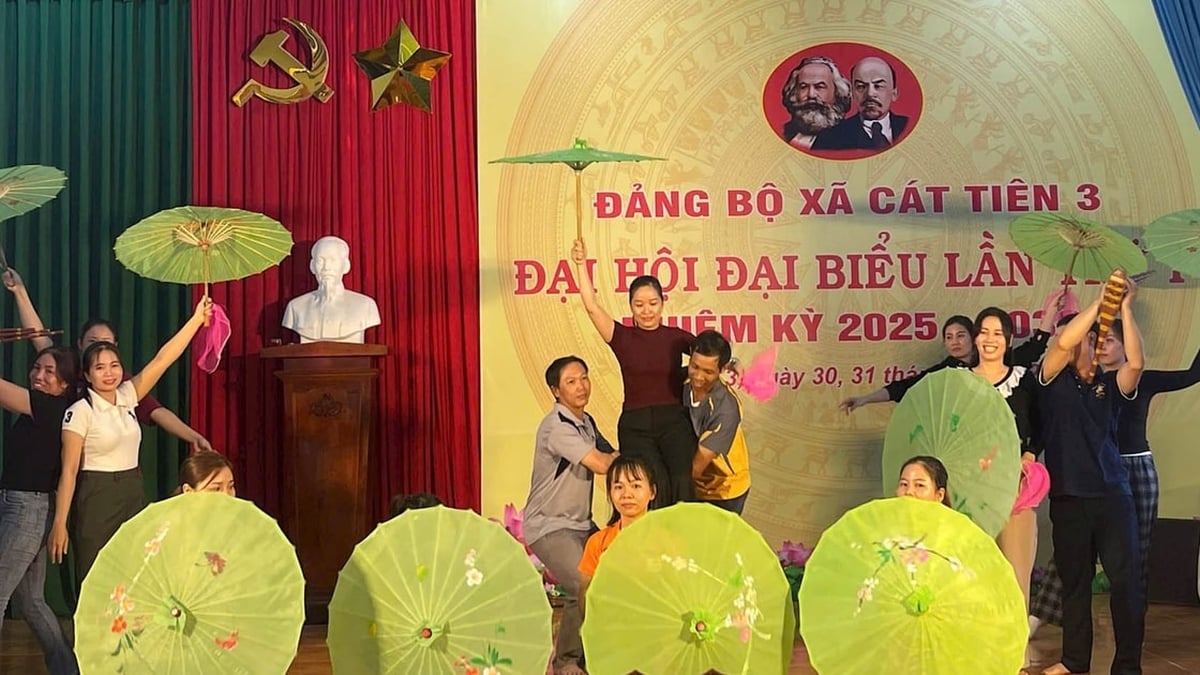
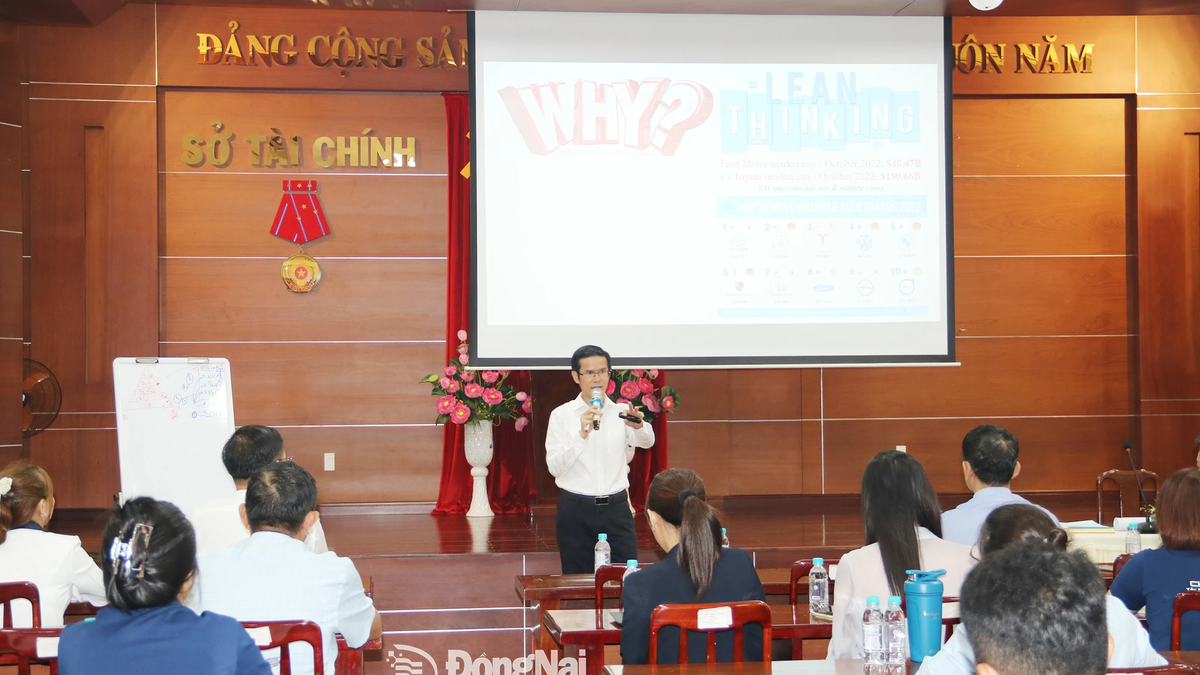
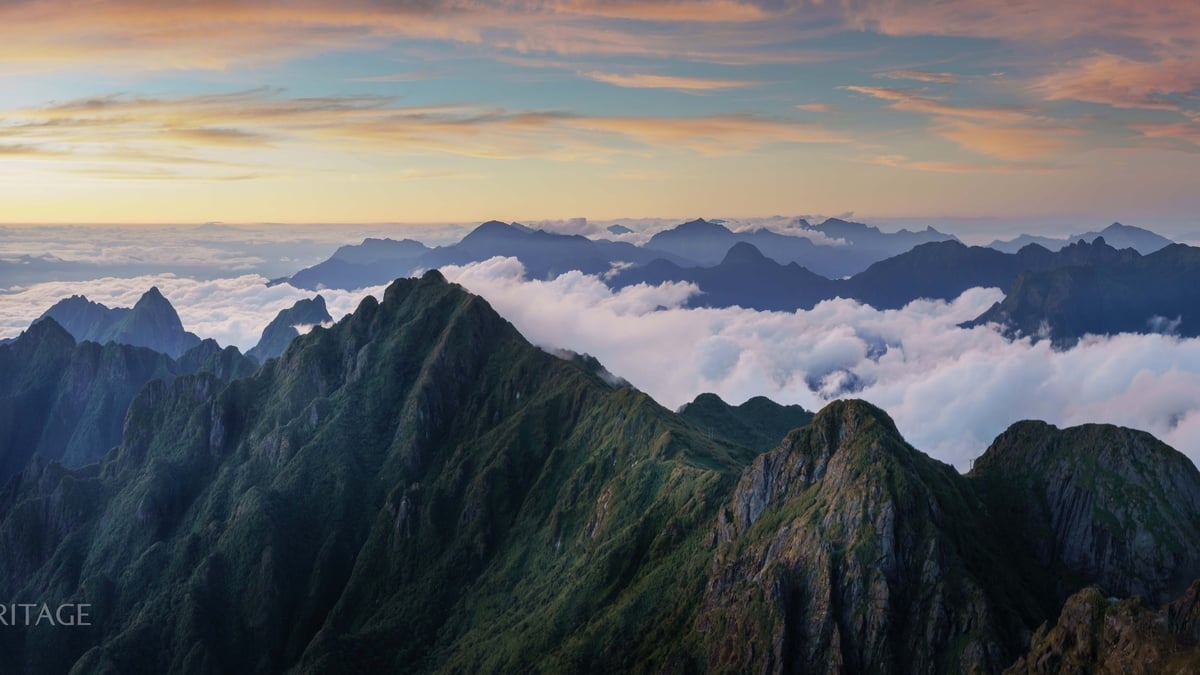











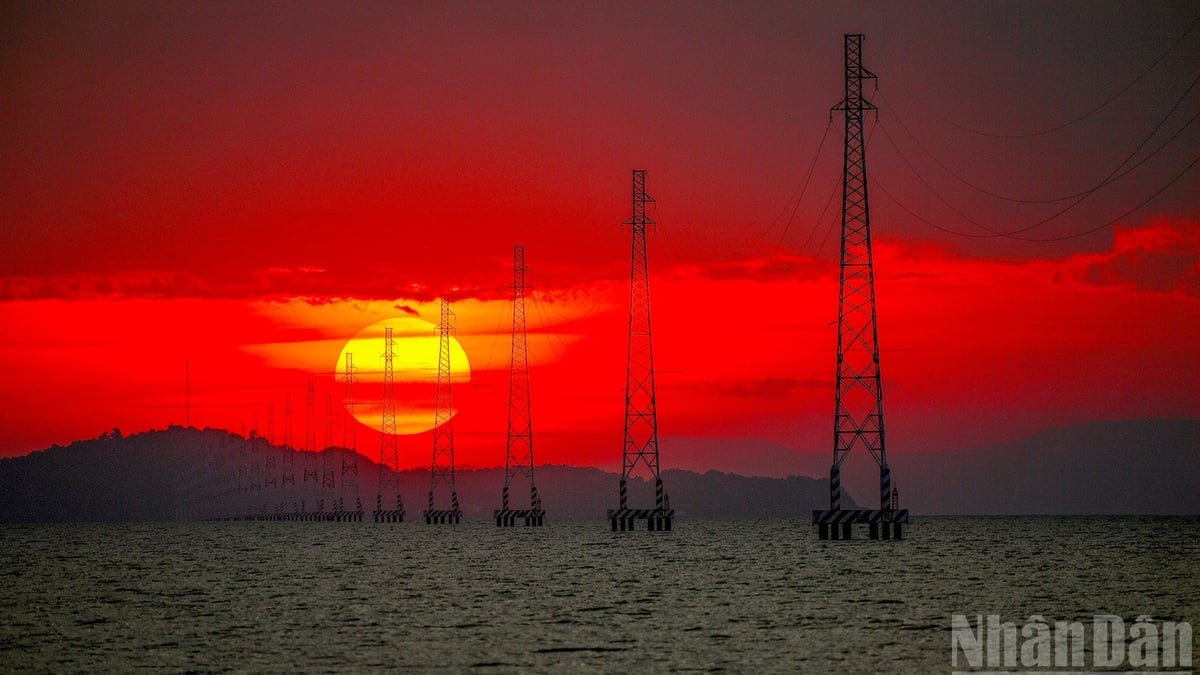





![[Photo] National Assembly Chairman attends the seminar "Building and operating an international financial center and recommendations for Vietnam"](https://vphoto.vietnam.vn/thumb/1200x675/vietnam/resource/IMAGE/2025/7/28/76393436936e457db31ec84433289f72)

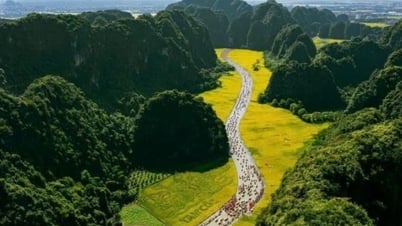

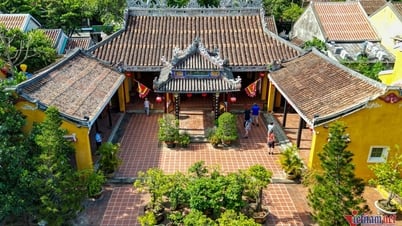

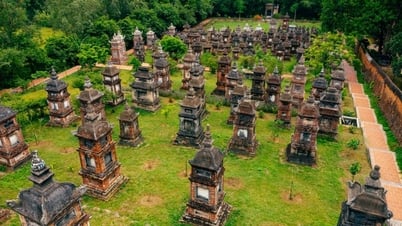

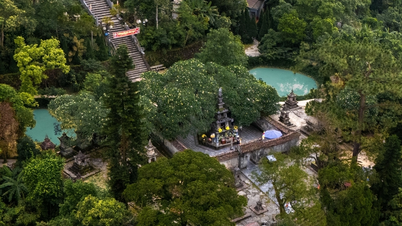




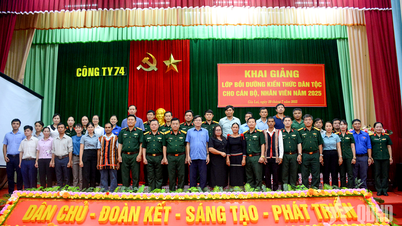

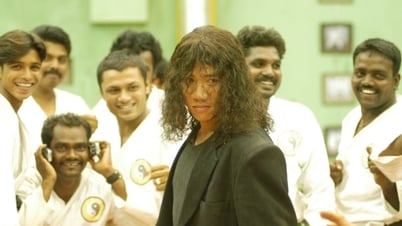

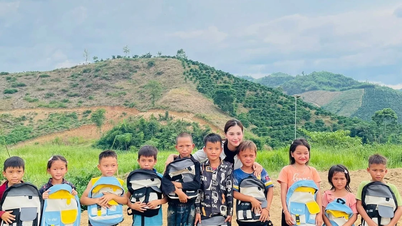

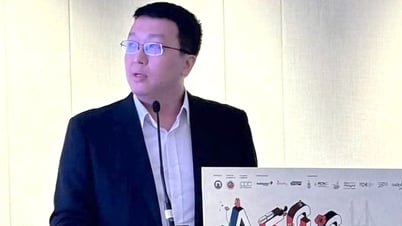

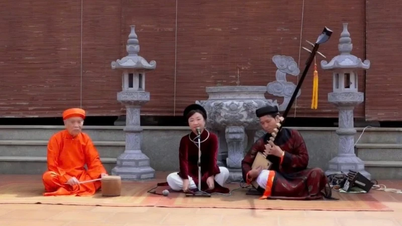
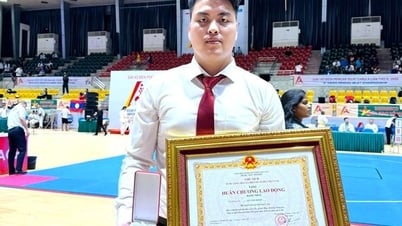

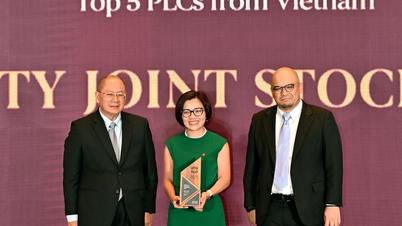

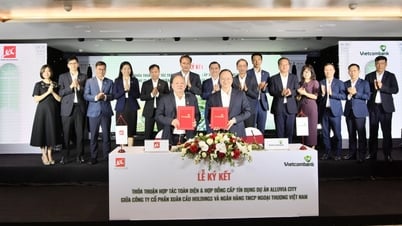




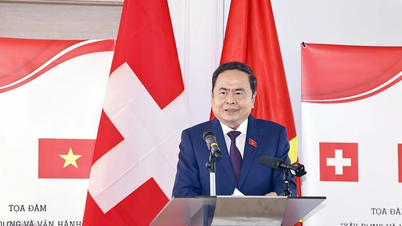
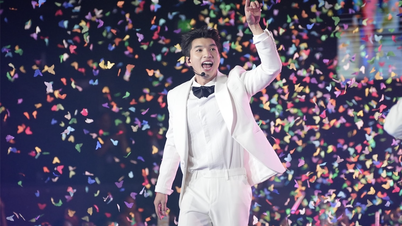

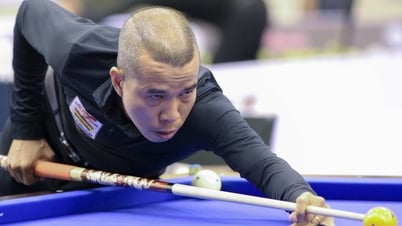
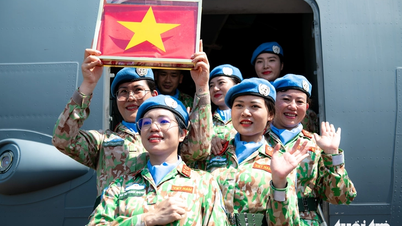
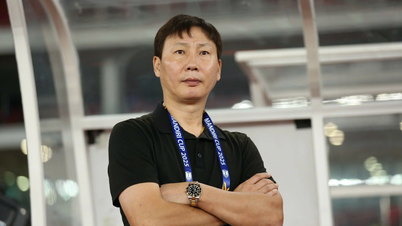
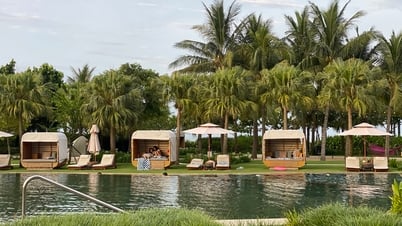
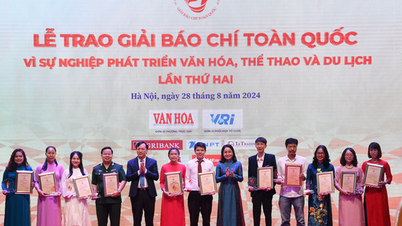

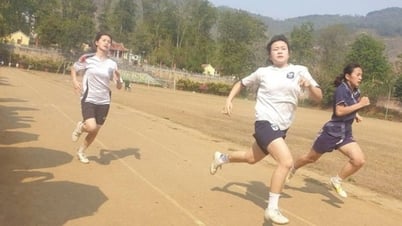


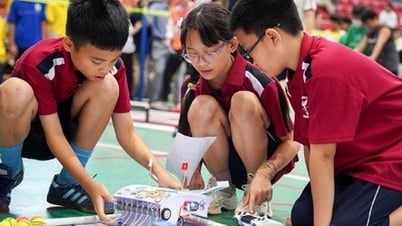

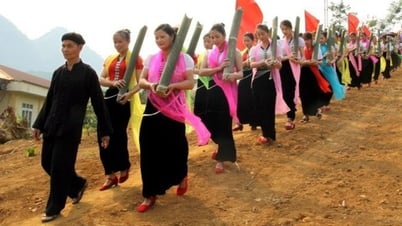
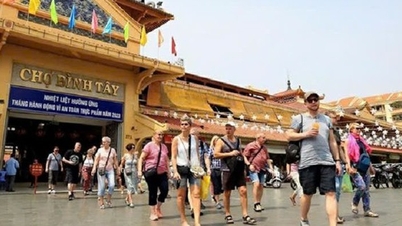








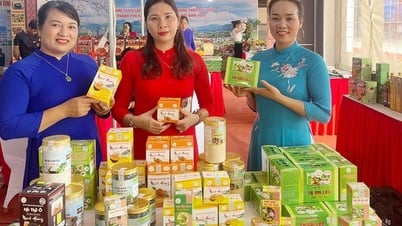











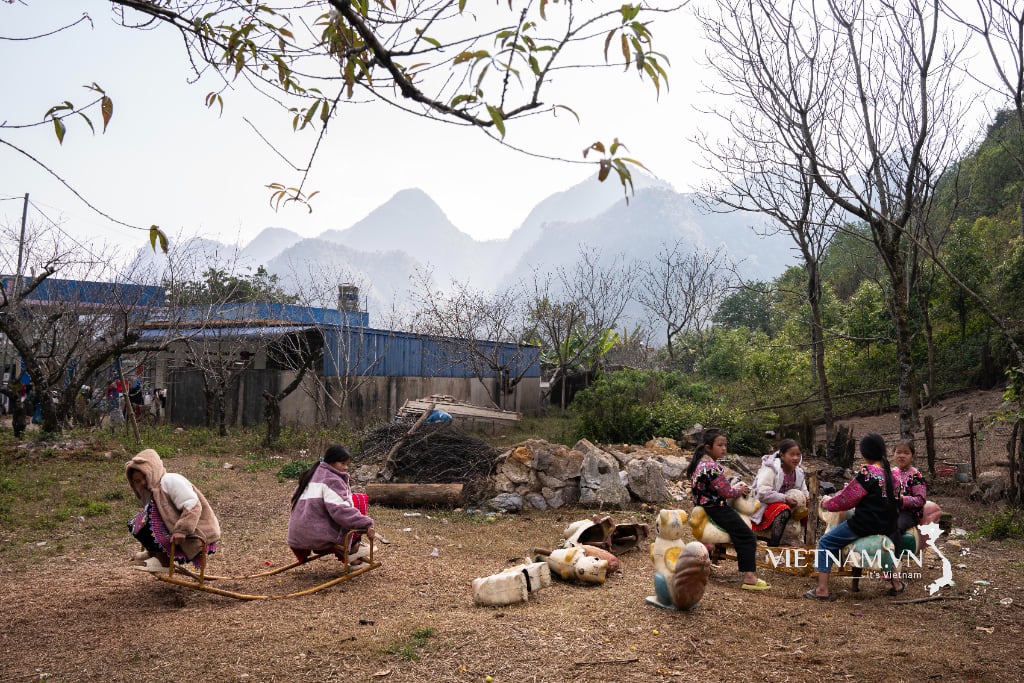
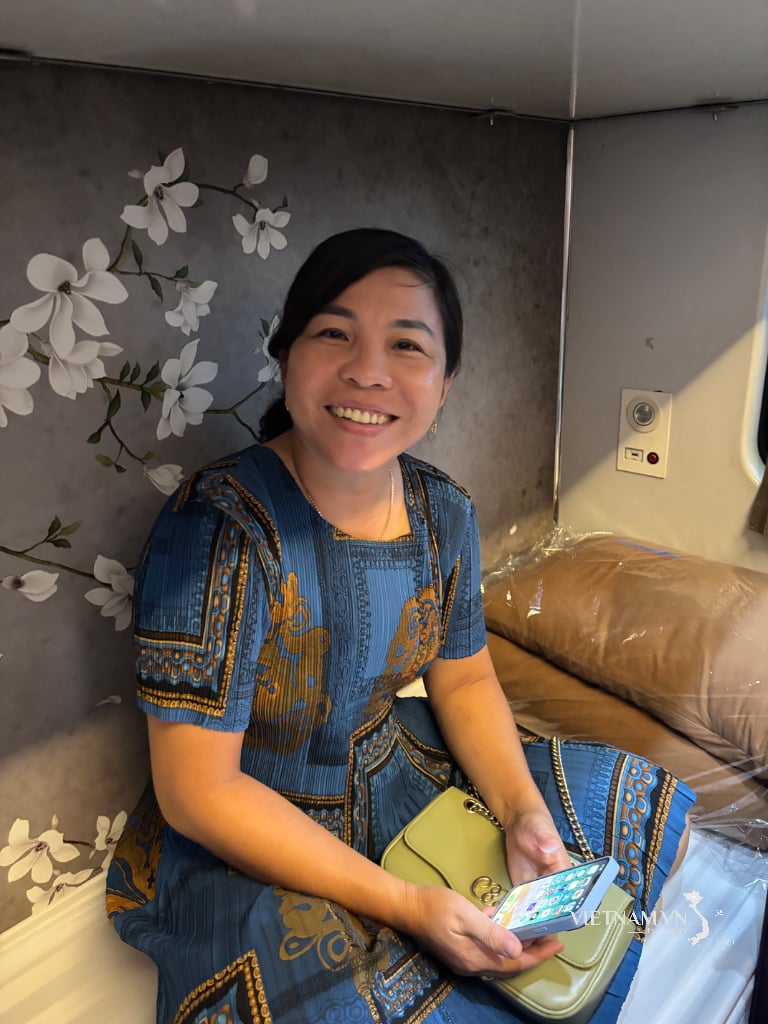

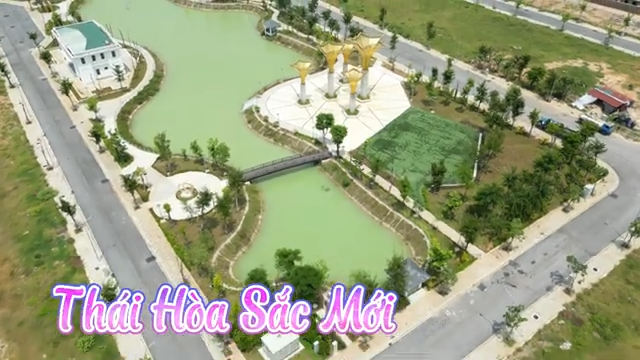
Comment (0)